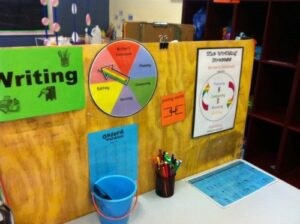Writing is one of the most important skills for your child’s education. The process begins before kindergarten and continues through life. Unfortunately, Vietnamese classroom settings often don’t provide enough practice time to really hone those writing skills, especially when it comes to writing in English. Teachers may provide good lessons and instruction, but there’s still a lot of slack for parents to pick up.
Understanding why and how to teach children effective writing is an essential skill every parent should have. At Everest, we use the 6 + 1 Trait Writing Model. The traits are not new. They provide a language for describing the qualities that most readers and writers think are important in good writing. This article will help parents understand the 6+1 Traits of Writing and how to assist your young writers at home in the writing process.















